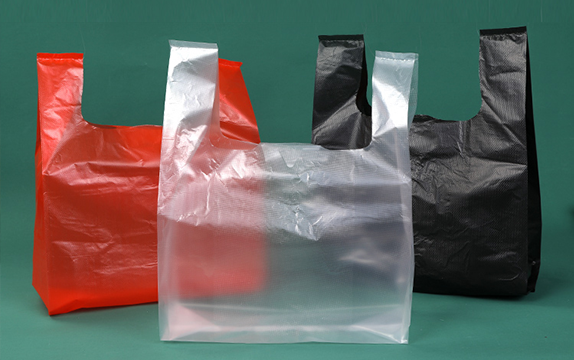


Plastic bags have become an indispensable part of our daily lives, from carrying groceries to packing various items. However, not all plastic bags are created equal. Two common types of plastic used for making bags are High Density Polyethylene (HDPE) and Low Density Polyethylene (LDPE). Both HDPE and LDPE offer unique features that make them ideal for specific applications.
In this article, we will take a closer look at the characteristics of HDPE and LDPE plastic bags, their advantages and disadvantages over each other, as well as their impact on the environment. By understanding the differences between these two materials, you can make informed decisions when it comes to choosing the right type of plastic bag for your needs while also considering environmental sustainability.
In the world of plastic bags, there are two main types of materials: high-density polyethylene (HDPE) and low-density polyethylene (LDPE). Each material has its own unique set of properties and characteristics that make it suitable for different applications. But which one is better – HDPE or LDPE? Let's take a closer look.
HDPE is known for its strength, durability, and resistance to tear and puncture. It's also more rigid than LDPE, which means that it can hold up better under heavier loads. This makes HDPE an ideal choice for heavy-duty applications such as grocery bags, industrial packaging, and trash bags. On the other hand, LDPE is more flexible than HDPE and has a softer feel. This makes it perfect for lighter duty applications such as sandwich bags or produce bags.
High-density polyethylene (HDPE) is a common type of plastic that is used for many different applications. One of the most well-known uses of HDPE is in producing plastic bags. HDPE bags are popular because they are strong, durable, and affordable. They can be found in grocery stores, retail shops, and even online marketplaces.
While some people may assume that all plastic bags are made from the same material, this is not actually the case. In fact, there are several different types of plastic that can be used to produce bags. However, HDPE is one of the most commonly used materials due to its strength and versatility. So if you look closely at your plastic bag collection at home or at your local store, chances are you will find plenty of bags made from this material.
LLDPE and HDPE bags are two different types of plastic bags commonly used in everyday life. Although they may look similar, there are significant differences between the two that set them apart. Firstly, LLDPE stands for linear low-density polyethylene, while HDPE stands for high-density polyethylene.
The primary difference between the two is their molecular structure. LLDPE has a more branched molecular structure than HDPE, which gives it greater flexibility and strength. In contrast, HDPE has a more linear molecular structure, making it denser and stiffer than LLDPE.
Another difference lies in their usage. LLDPE is commonly used for packaging materials like stretch wrap films due to its excellent stretch properties and puncture resistance. On the other hand, HDPE is typically used for heavier-duty applications such as tote bags or trash bags because of its higher rigidity and strength properties.
Low-density polyethylene (LDPE) is a popular thermoplastic used in various applications, including plastic bags. LDPE has unique properties that make it an ideal material for creating flexible and durable bags that can withstand different environmental conditions. The plastic bags made from LDPE are lightweight, easy to carry, and cost-effective.
The use of LDPE in plastic bags has been a topic of concern due to its environmental impact. Plastic bags made from LDPE are non-biodegradable and take hundreds of years to decompose, leading to environmental pollution. As a result, many governments across the world have implemented measures such as levies and bans on single-use plastic bags to reduce their negative impact on the environment.
Despite the challenges posed by their disposal, LDPE-based plastic bags remain prevalent in retail stores worldwide due to their convenience and affordability.